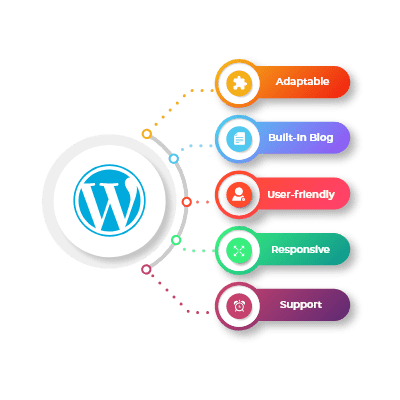Rise by Six: Your Daily Dose of Inspiration
Explore insights and stories that elevate your day.
WordPress Development Secrets You've Never Heard Of
Unlock hidden WordPress development secrets that top pros don’t want you to know! Boost your skills and create stunning sites today!
Unlocking the Hidden Features of WordPress: Development Tips You Didn't Know About
When it comes to WordPress development, many users only scratch the surface. One hidden feature that can significantly enhance your workflow is the use of Child Themes. Child themes allow you to make modifications to your website without altering the original theme's files. This means you can add custom styles or functionality while preserving the integrity of your main theme during updates. To create a Child Theme, simply create a new folder in your themes directory, add a style.css file with the required headers, and include the parent theme's style using @import url('../parent-theme/style.css');. This approach not only keeps your customizations safe but also facilitates easier theme updates.
Another powerful but often overlooked feature is Custom Post Types. By default, WordPress comes with a few post types like posts and pages, but you can create your own, tailored to your specific content needs. This can be particularly beneficial for businesses that require unique content structures. To create a custom post type, you can add a few lines of code to your theme's functions.php file. For example:
function create_post_type() { register_post_type('portfolio', array('labels' => array('name' => __('Portfolio'), 'singular_name' => __('Project')), 'public' => true, 'has_archive' => true,)); }This simple addition not only expands your content capabilities but also helps in better organizing your website, contributing to improved SEO.

10 Lesser-Known Plugins to Supercharge Your WordPress Development
When it comes to enhancing your WordPress development workflow, exploring lesser-known plugins can reveal powerful tools that streamline your process. While popular plugins like Yoast SEO and Elementor get plenty of attention, there are hidden gems that can elevate your project management, improve performance, and add unique functionality. For instance, consider Health Check & Troubleshooting, which allows you to troubleshoot site issues while in maintenance mode, or WP Rollback, enabling you to revert plugins and themes to their previous versions in just a few clicks, ensuring your site remains stable.
Another group of plugins worth mentioning is useful utility tools that cater specifically to developers. The Query Monitor plugin is a must-have for debugging, providing insights into database queries, PHP errors, and hooks that can be invaluable during development. Additionally, Custom Post Type UI simplifies the process of creating custom post types and taxonomies, making it easy to extend WordPress’s functionality without diving deep into the code. Incorporating these lesser-known plugins into your workflow can significantly boost productivity and enhance the overall quality of your WordPress projects.
How to Optimize Your WordPress Site: Secret Techniques for Speed and Performance
Optimizing your WordPress site is crucial for improving both speed and overall user experience. One of the most effective methods is to minimize HTTP requests. You can achieve this by reducing the number of elements on your pages, such as scripts, CSS files, and images. Consider combining multiple CSS files into one and using sprites for images to cut down unnecessary requests. Additionally, using a content delivery network (CDN) can significantly enhance loading times by caching your static files across various global servers, ensuring that users access your site from the nearest location.
Another essential technique is to optimize your images. Large images can drastically slow down your site, so always ensure you're using the right formats and compressing files before uploading. Tools like WP Smush or EWWW Image Optimizer can automate this process for you. Furthermore, consider implementing caching with plugins such as W3 Total Cache or WP Super Cache, which store static versions of your site to reduce server load and boost performance. By employing these techniques, you'll not only improve your WordPress site's speed but also enhance its search engine ranking.